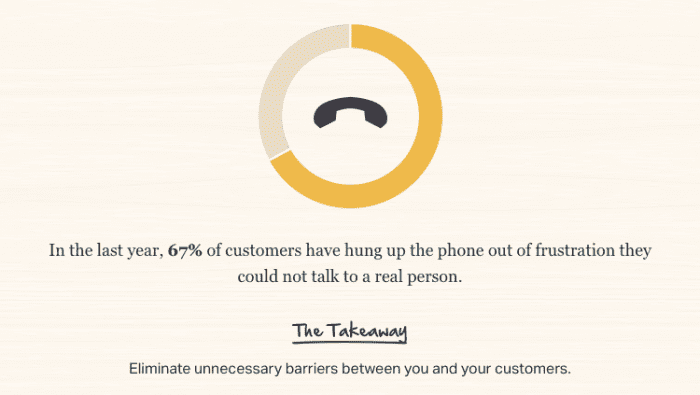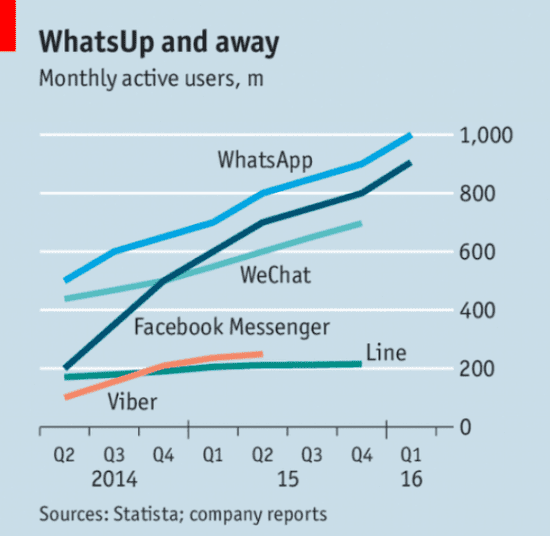A briefing on the advantages and disadvantages of chatbots
Technology and fashion are not exactly two industries which you would associate with one another. While this might be the only time you see the likes of Mark Zuckerberg and Naomi Campbell ever compared in an online article, their worlds do share certain similarities.
Much like fashion trends, as soon as you have got to grips with the latest technological development billed as revolutionizing the world then it has been promptly usurped by a new innovation. No one spends much time contemplating the potential of the minidisc anymore, for example, do they?
But some technological buzzwords do have some substance beneath the layers of frantic internet hype. One such example is the chatbot, which has been proven to be hugely beneficial to businesses of all sizes with 80% expected to be using one by 2020.
Supporting the support agents
We have all been there. Listening to that annoying music while on hold to some big business while wondering why they can’t afford to have more support staff to help you with your problem. In fact, 75% of us believe it takes too long to reach a live agent while more than two-thirds of us end up hanging up in frustration.

This is where chatbots come in.
Bots with robust natural language processing are able to reduce support tickets by up to 90%. They can also triage your helpdesk in order to allow your staff to prioritize and deal with the more complex tasks.
NLP is able to identify the intent behind a customer’s search. Your typical FAQ will offer a vague response to specific customer questions. For example, one retail’s website offers the following response to questions about changing your flight:
“View guidelines on modifying orders here.”
With this, the onus is on the customer to get in touch with support staff and provide further information about their purchase. But a chatbot with robust NLP can use decision trees to ask a series of questions to find out exactly what that individual’s order is. The chatbot can then provide a definitive answer to the customer and even change the order if appropriate.
What does this mean? The customer will be happier as their simple questions are answered quickly while their more complex ones receive the attention they require. Meanwhile, the live agents will be under less strain as their workload is significantly reduced.
Eliminating shopping cart abandonment
These are the bane of the lives of companies in the e-commerce world. In fact, more than 78% of customers are giving up mid-purchase with nearly $4 trillion worth of merchandise left waiting in carts.
Chatbots can increase conversions by primarily making it easier for customers to find exactly what they want to buy in a conversational format. Using NLP, your bot can discover the meaning behind a search as opposed to keyword-based technology. This would simply offer a random jumble of items from various parts of the department, none of which match what you are looking for.
The chatbot will also act as your own personal assistant, on hand at every step of the purchase to provide valuable help - much like a live agent minus the added costs. If your customer wants to know about your return policy, delivery costs or even whether their three-year-old voucher can still be used, the bot is able to tackle and dispel lingering concerns.
Making your chatbot available, where you want it to be
Us humans are increasingly spending more of our time socializing on our phones through social media rather than in person. Companies are beginning to realize that the place to be selling is on Facebook or Whatsapp rather than simply on web pages. With 2.5 billion people using instant messaging and spending on average 200 minutes a week on Whatsapp, that’s quite a market.

Chatbots are able to be integrated into a number of social media channels. Facebook, for example, has more than 100,000 Messenger Bots while other sites such as Twitter, Skype and Slack are actively promoting them.
WeChat offers a prime example of how this can function. Taking the example of a restaurant, a user can read the menu, order and pay through the app. Indeed, it has been so successful that 40% of mobile transactions in China are through WeChat.
The danger lies in relying on poorly built chatbots for your customer interactions. Looking at Facebook Messenger, it emerged that their virtual agents were failing to answer 70% of customer questions. The way to avoid this is to seek out chatbots with robust NLP and years of R&D behind them.
Unlike most trends, chatbots have already displayed enough benefits for both businesses and customers to show they will be more than just a fad for 2017 and beyond.
Thanks to Joe Lobo for sharing their advice and opinion in this post. Joe is a botmaster for
Inbenta, which uses its patented natural language processing technology to provide search solutions and chatbots which improve the customer experience. You can follow him on
Twitter.








